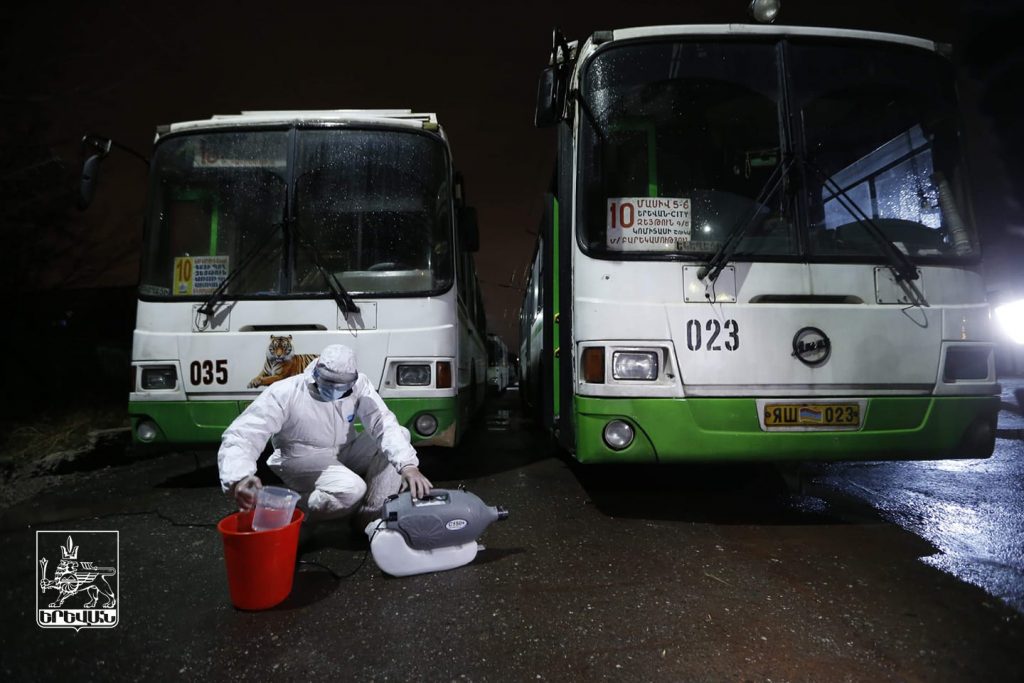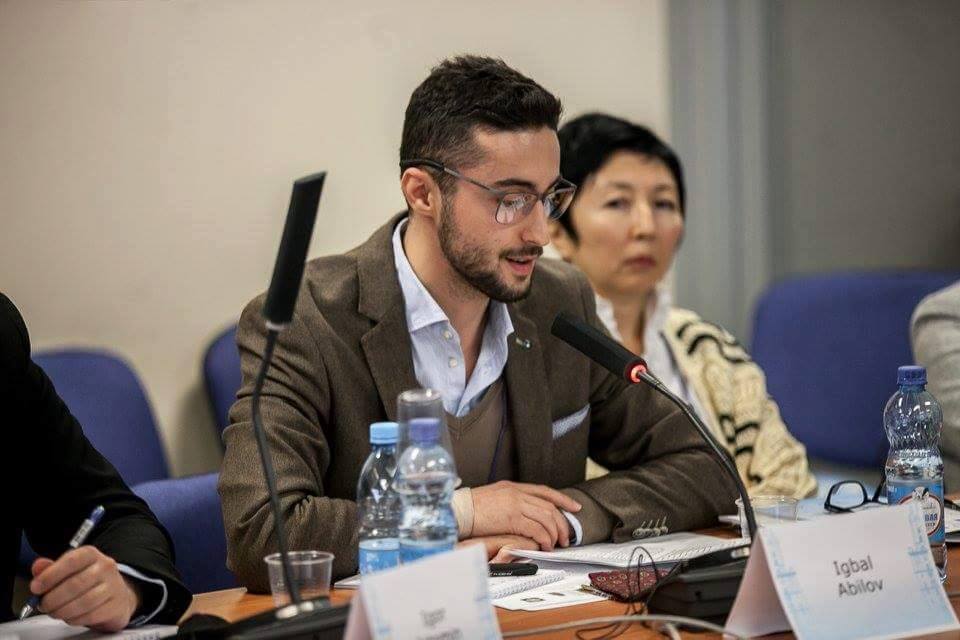Armenia has beat its own record for daily infections even as it continues to lift social-distancing restrictions. Authorities have said that maintaining the restrictions was economically unsustainable.
On 18 May, public transport, kindergartens, indoor restaurants, and gyms were allowed to reopen, with strict additional hygiene and sanitary requirements in place. The same day, the country registered 351 new confirmed cases, the highest number recorded in a 24 hour period at that point.
Outdoor restaurants, beauty salons and other businesses were allowed to open several weeks prior, on 4 May.
The State Commission on the State of Emergency announced that starting from 25 May, people must wear masks in all outdoor and indoor spaces or face fines of ֏10,000 ($21).
Armenia’s government has made it clear that the novel coronavirus will not be going away anytime soon, and that keeping the country’s economy in lockdown will have dire consequences.
Despite the growing outbreak, the government believes the economy must reopen and has called on Armenian citizens to express social responsibility and continue to follow proper social distancing and hygiene measures despite the decrease in legal restrictions.
New measures
The country will now be divided into 119 regions, each with its own monitoring groups consisting of police officers and personnel from the Ministry of Emergency Situations. These groups will ensure that residents, businesses, and other organisations are following all necessary social distancing and hygienic measures.
In an interview with Civilnet, Health Minister Arsen Torosyan said that Armenia has more than enough tests (over 50,000), and has been carrying out 10 tests for every one confirmed case.
According to him, as of last week, Armenia’s infection rate was 1.4, each person infected with COVID-19 was infecting an average of 1.4 people.
Health Minister Torosyan has stressed in the past that Armenia is one of the few countries that has been, for now, been able to hospitalise all confirmed cases of COVID-19.
But this strategy is changing. On 19 May, the Ministry of Health announced that due to the growth in new cases the country is adopting a patient reclassification strategy which would entail sending patients who are asymptomatic as well as those with mild symptoms back home.
Patients will stay in quarantine there under the supervision of state clinic doctors, this will allow rooms in medically repurposed hotels and hospitals to be opened up for those patients that require more urgent medical care.
Armenia currently has over 100 patients in critical condition and a death rate of 1.3%.
A growing outbreak
Armenia registered its first case on 1 March, and as of 19 May has 5,041 confirmed cases, 2,164 recoveries, and 64 deaths.
A state of emergency was announced on 16 March and included the closure of schools and non-essential businesses alongside strict measures limiting freedom of movement.
Health Minister Torosyan has said that the country’s initial anti-COVID-19 strategy was to test and trace the social contacts made by infected individuals. While the outbreak initially started as three major viral clusters, on 10 April, authorities confirmed that the virus’s spread had been so wide-ranging that it had gone beyond traceable ‘clusters’.
By 10 May, the country's confirmed number of infections were doubling every two weeks. On 21 May, Prime Minister Nikol Pashinyan announced that if current trends continue, Armenia will have 10,000 cases by 29 May and 20,000 cases by 12 June.




 24 May 2020
24 May 2020



